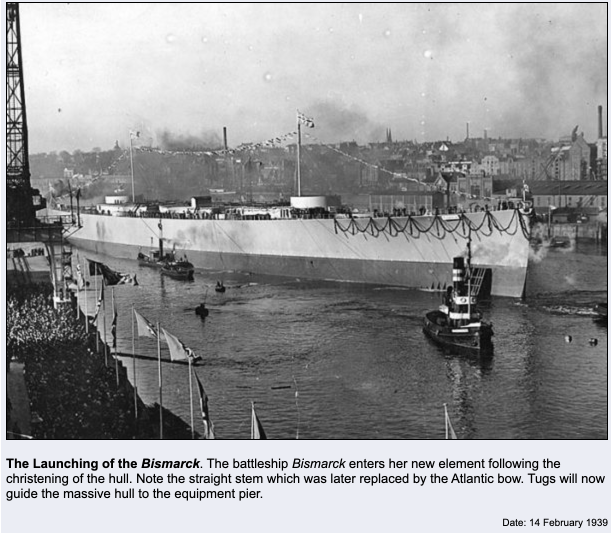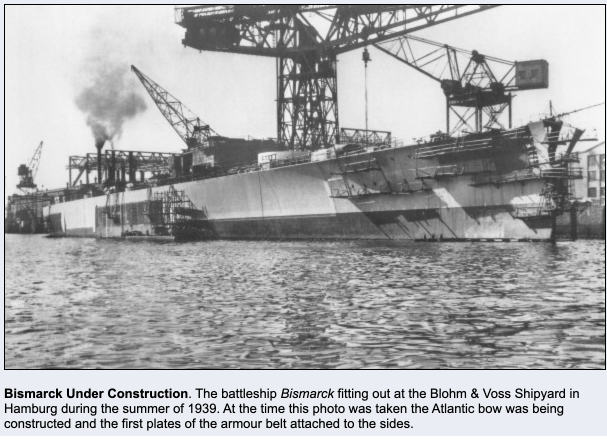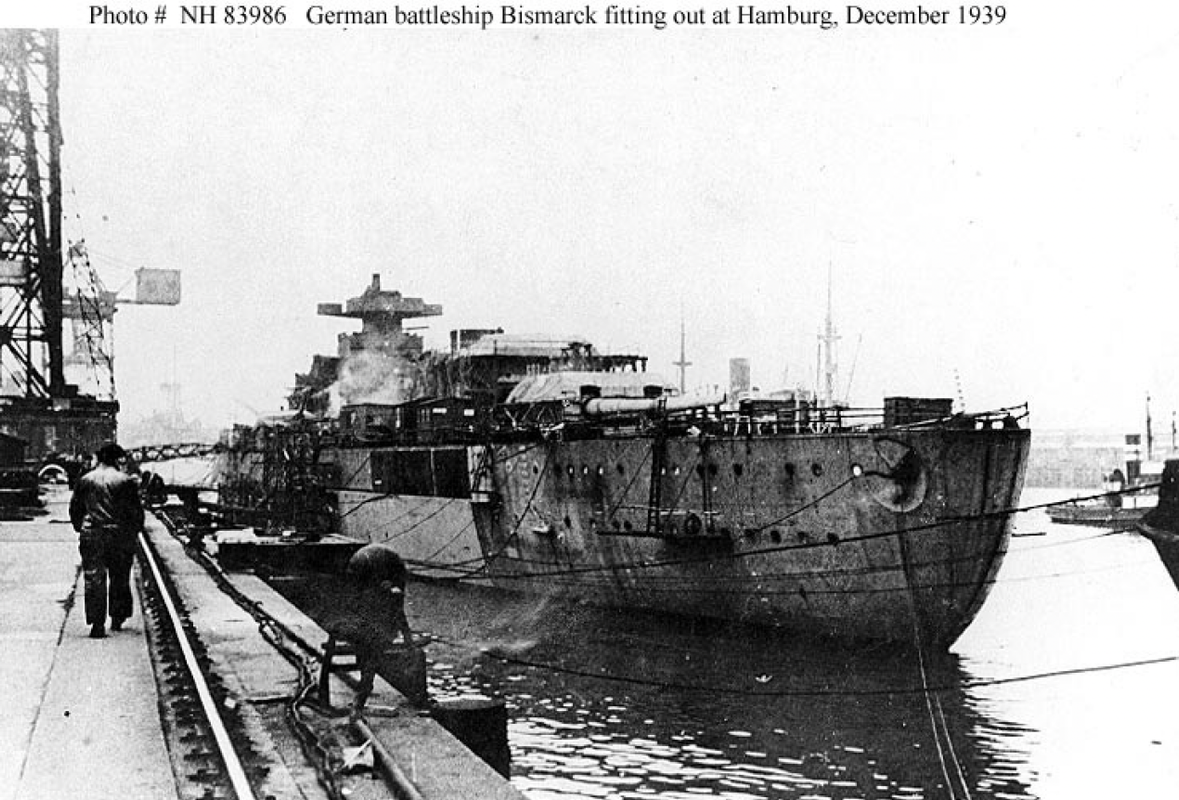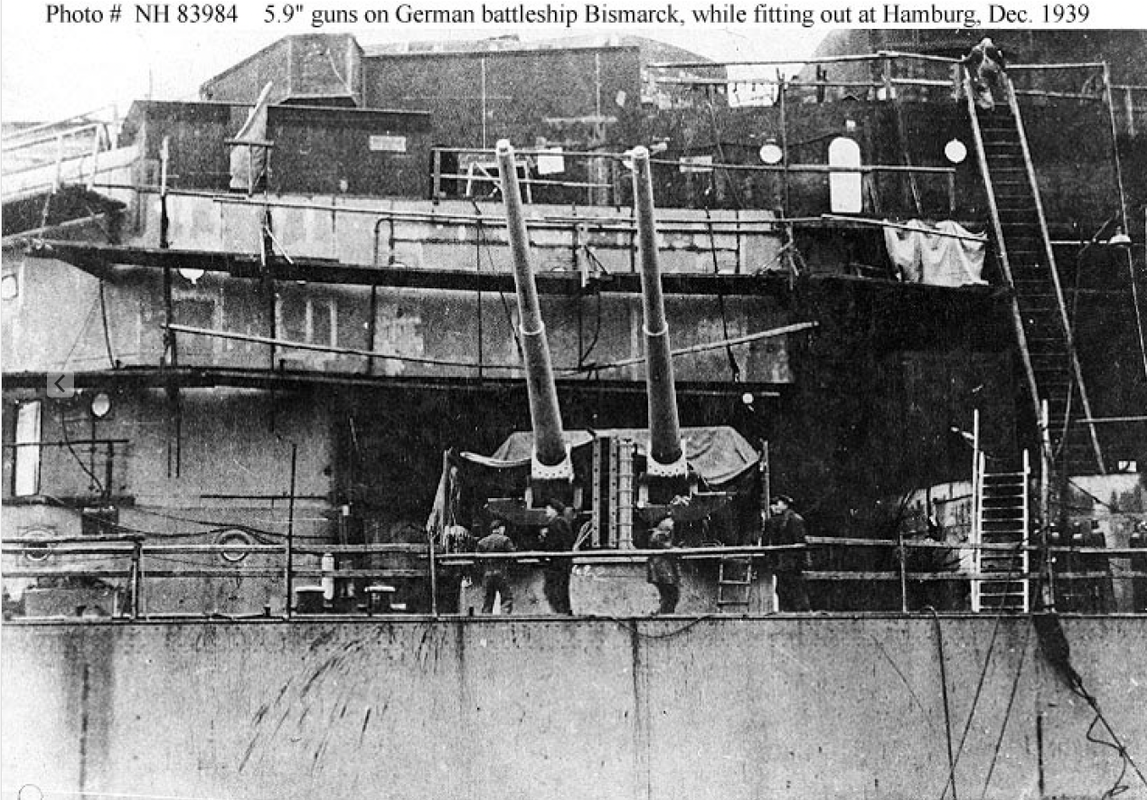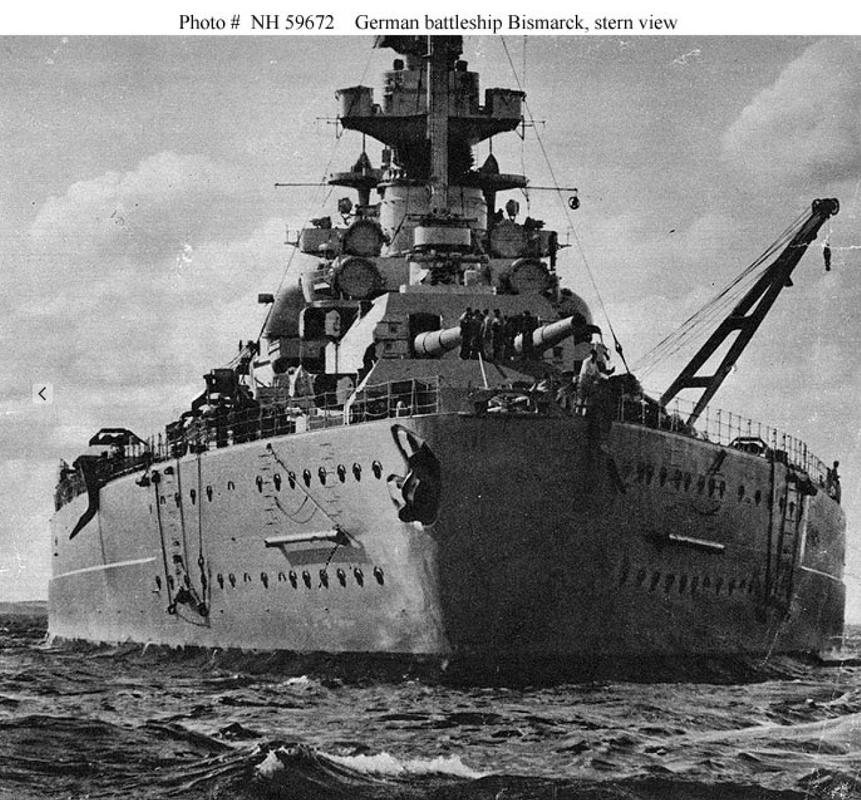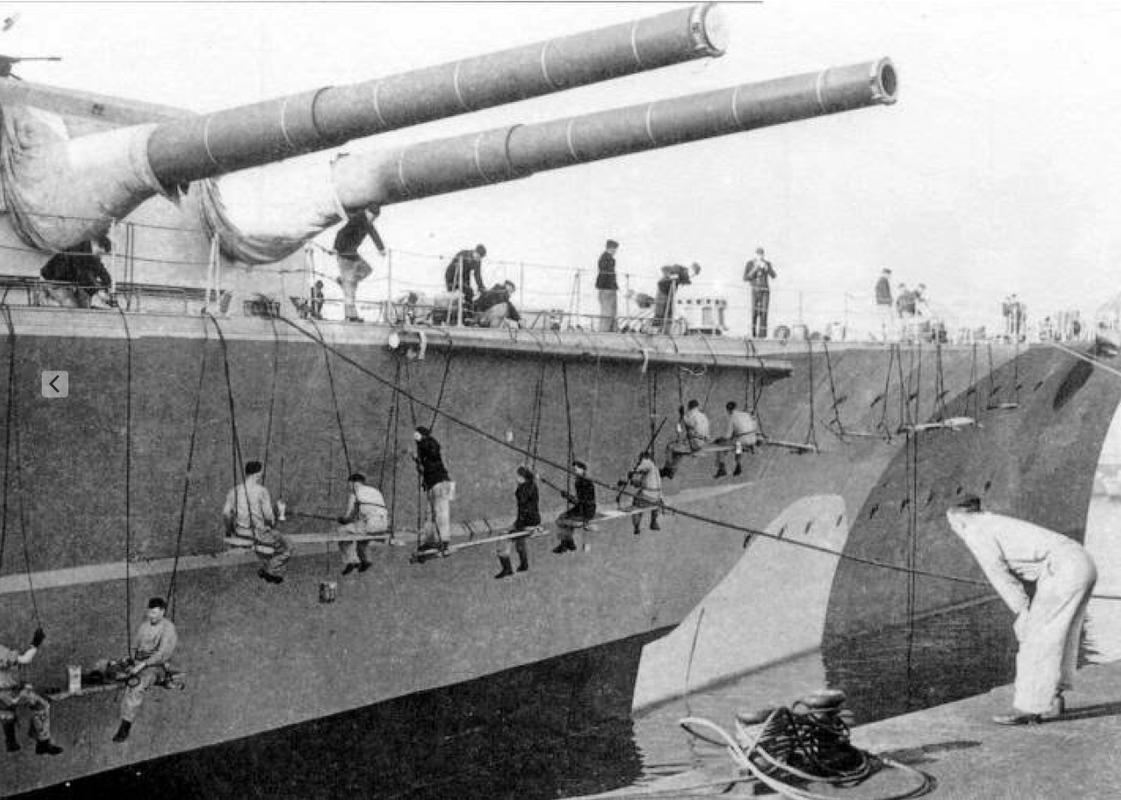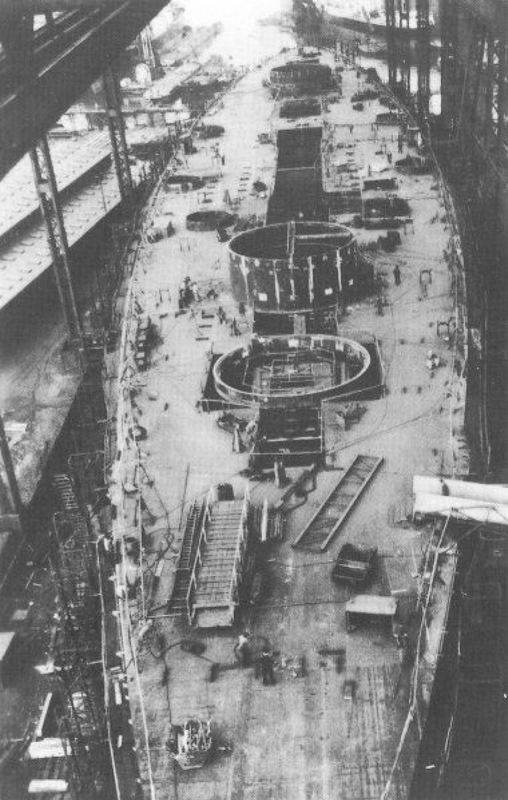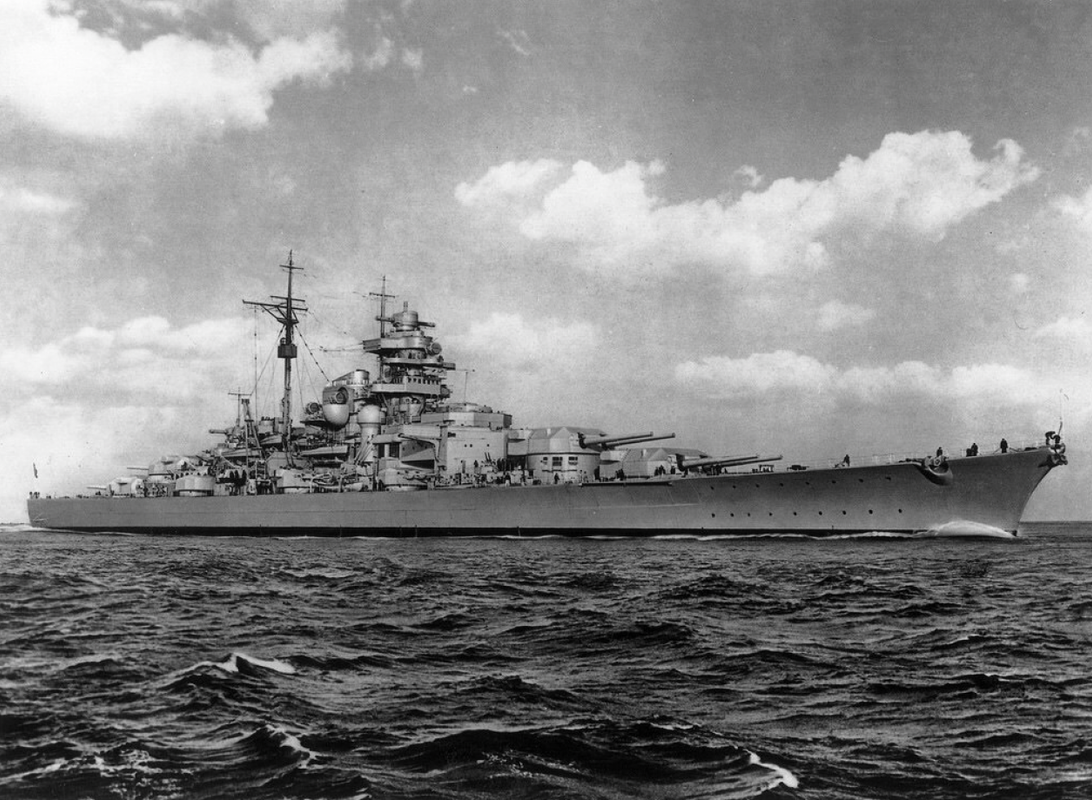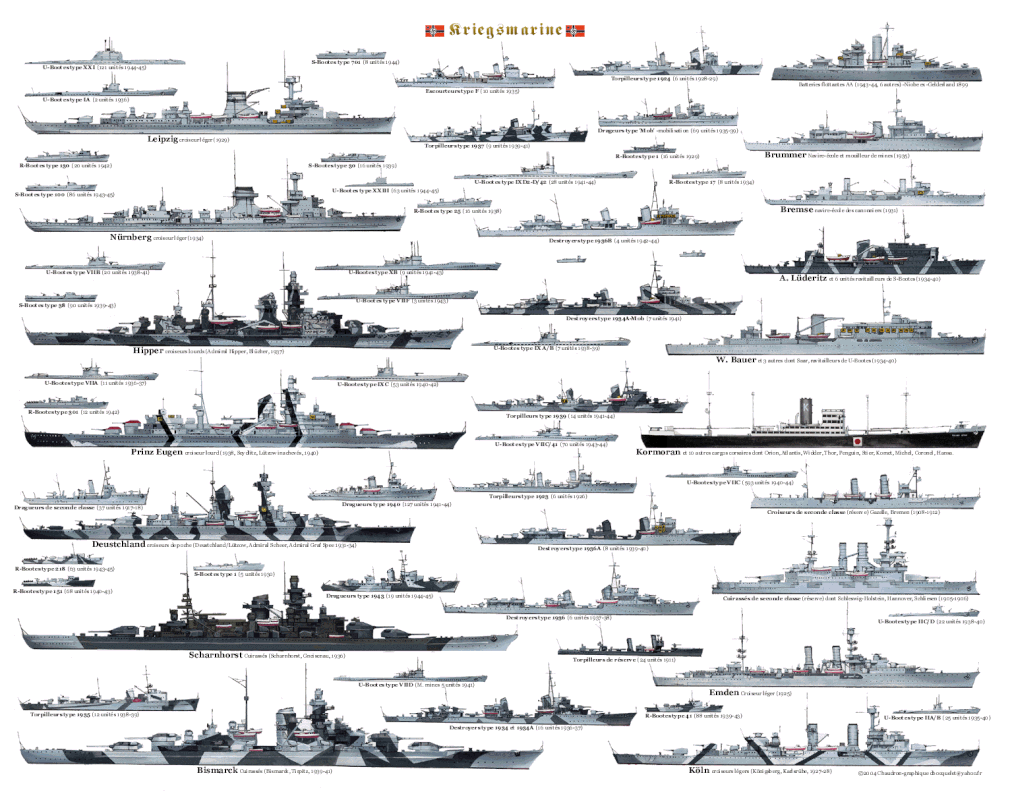

I almost finished the Bismarck at 1/200 from Trumpeter, it's a big job, started in january 2019.
It's was my first plastic ship model tu build since 1975..
Here are some pictures of the assembly progress.
For the occasion, I bought two PE improvement kits, MK1 and Eduard. I took the best of the 2 kits.
I bought the wooden deck to USA.

I have used the probable scheme of the 24 may 1941 but with black top turrets:
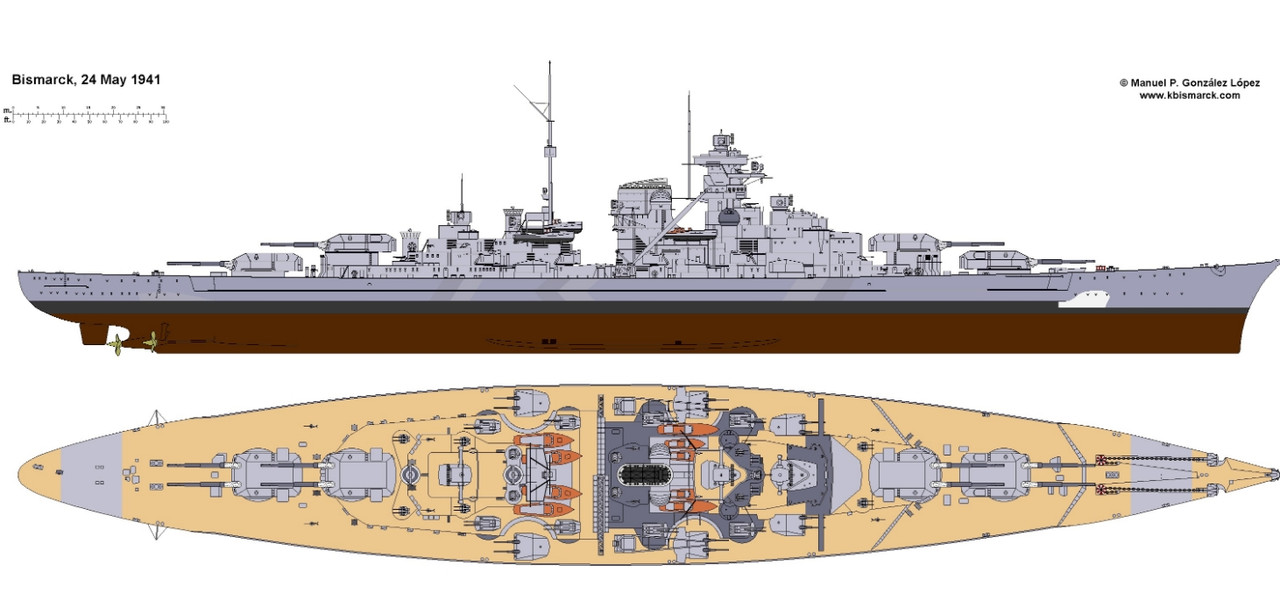
Began by the Arado 196 A3 plane.
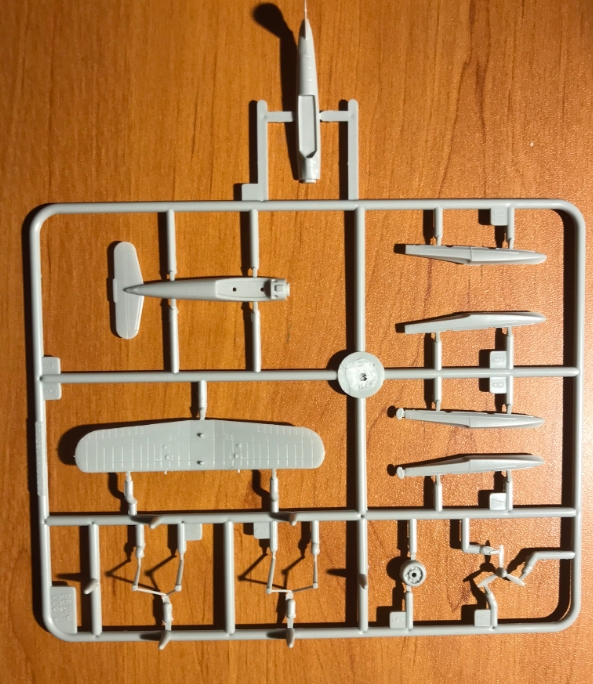
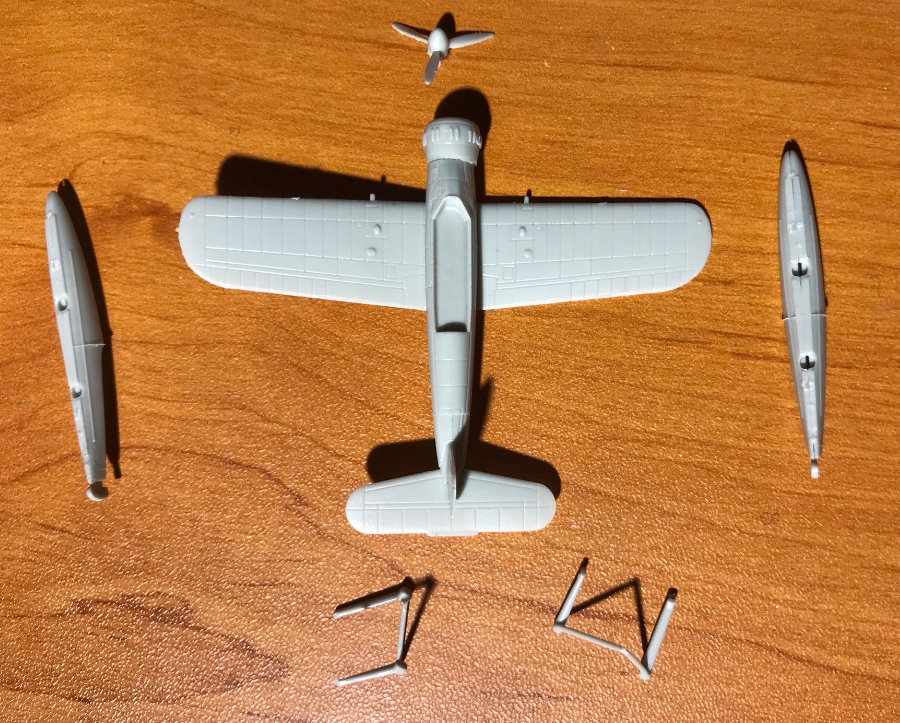

I cut the wing. I want to park one in the one hangar.
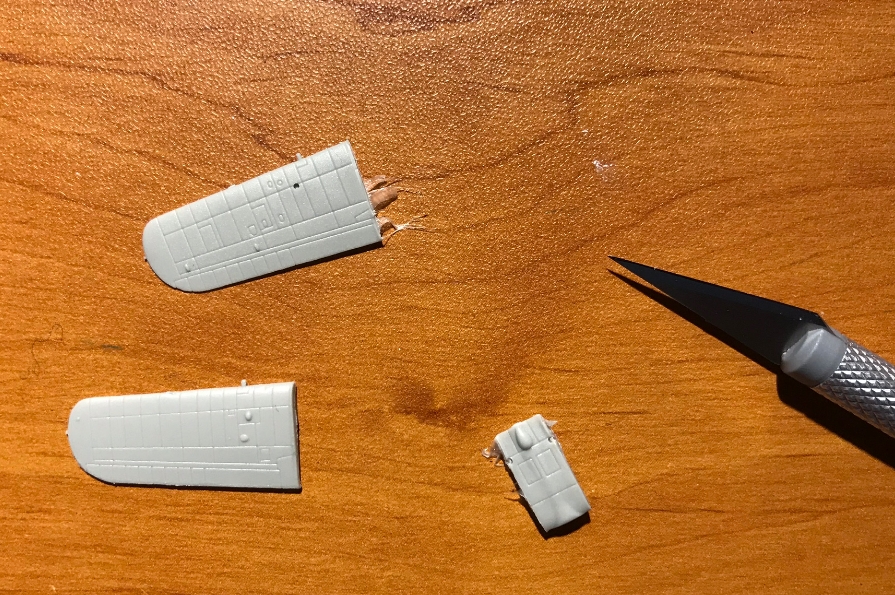
Not the good color, i used later for other one RML72 , RML73 and RML65.
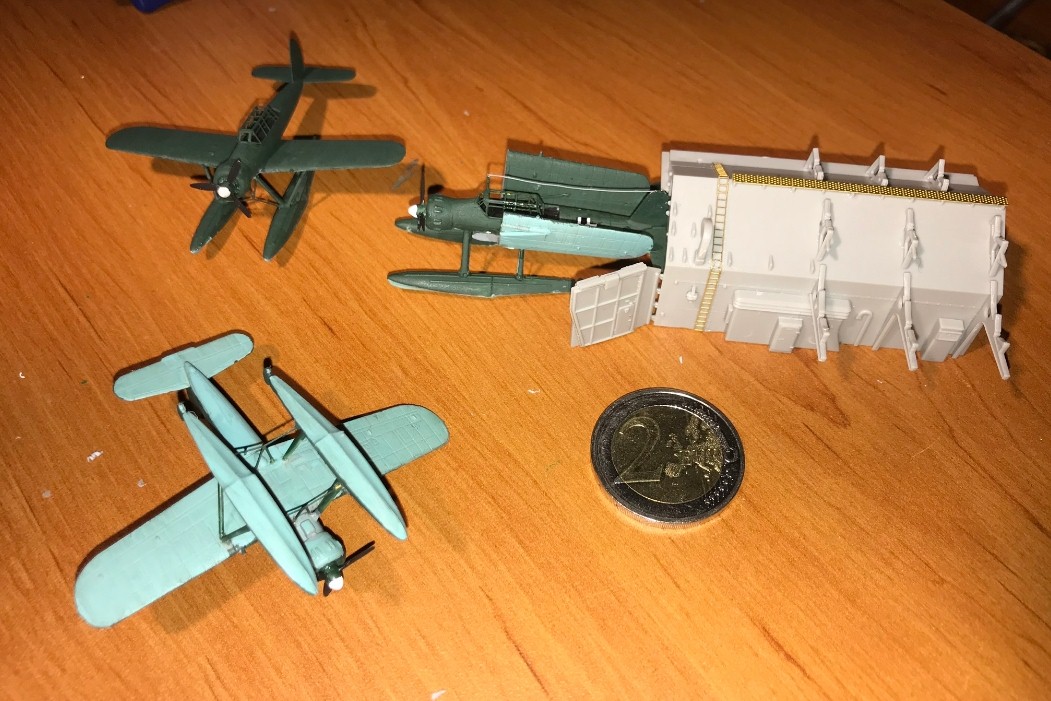
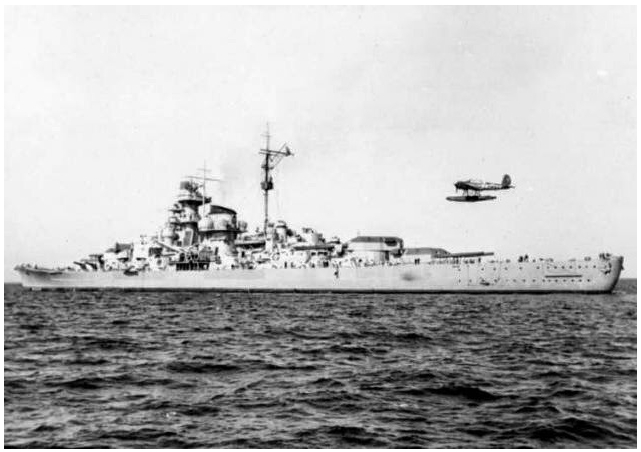
The Bismarck was equipped with reconnaissance aircraft, patrol missions and artillery spotting. Four Arado Ar 196 seaplanes were embarked on board the Bismarck, but a maximum number of six could be embarked if necessary. They were very robust, single-engine, heavily armed double float planes. Two aircraft were stored in the double hangar of 120 m² located under the main mast and the other two in single hangars of 60 m² each on both sides of the chimney in the middle of the ship. To save space, their wings could be folded. These aircraft belonged to the 1st Squadron ( 1.Staffel ) of the reconnaissance group 196 ( Bordfliegergruppe 196 ) which had been formed before the war in 1937, and the pilots and technicians were members of the Luftwaffe .
he aircraft were launched on a double telescopic catapult, 32 meters long, which could be extended beyond the sides of the ship to a length of 48 meters. This catapult was located in the middle of the ship (section X-XI) between the main mast and the funnel and could be deployed on both sides. After completing a mission, the aircraft would land near one side of the ship and then be craned aboard by one of the large 12-ton cranes.

This was always a dangerous manoeuvre, as the sea conditions had to be sufficiently mild to board the vessel. Once out of the water, two more small cranes located under the searchlight platform were used to return the aircraft to its hangar.
In the early morning of 27 May 1941, on board Bismarck , they attempted to launch an Arado Ar 196 carrying the ship's war log. Unfortunately, the catapult was damaged and the plane could not be launched.
Ar196 A-3 CHARACTERISTICS:
- Type: two-seater reconnaissance seaplane.
- Dimensions: wingspan 12.4 metres, length 11 metres, height 4.4 metres.
- Weight: Empty 2,335 kg, loaded 3,300 kg.
- Armament:
2 x 20 mm MG FF (in the wings).
1 x 7.92 mm MG (front).
2 x 7.92 mm MG (twins).
2 x 50 kg bombs of the SC50, SD50 or LC50F types (under the wings). 1)
- Engine BMW 132K, 9 cylinders, 960 hp.
- Max. speed: 320 km / h.
- Range: 497 nm.
- Crew: 2 men.
1) On board the Bismarck, there was a stock of 40 SC50 / SD50 and 54 times LC50F bombs, all stored on the upper deck, in section IX (box 91.3-95.55), port side.

 Feb 2019
Feb 2019 -
The model is progressing well, there are a lot of details, it takes time to assemble and glue. A few dozen hours of work already. I painted the island that supports the stern radar to see which technique was used for painting and ageing or patina, even though this boat was almost new.
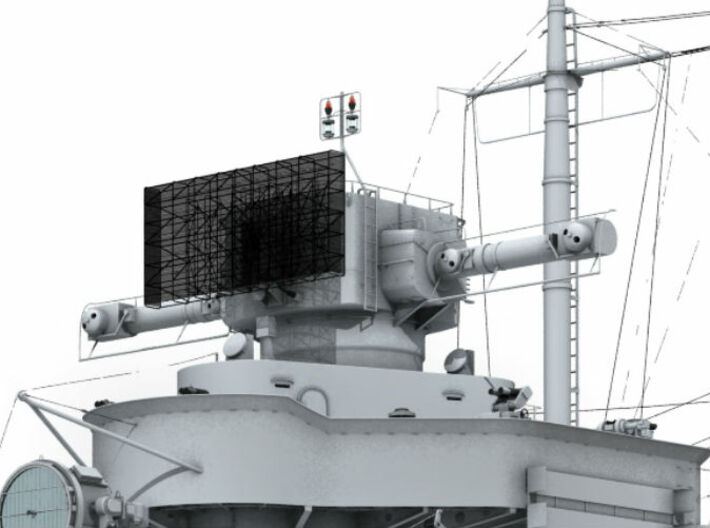
The Bismarck was equipped with three FuMO 23 search radars, mounted on the front and rear rangefinders and on the front. They broke down during the fight against the HMS Hood, because of the vibrations generated by the 380 mm guns.

Fire from the main and secondary batteries was directed from the command posts, located forward, aft and above the platform at the front. Each of these three stations was surmounted by a rotating dome with an optical rangefinder and a FuMO 23 Radar.
The command posts were connected by shielded communication ducts to the "computer" rooms located below the armour deck, forward (section XV) and aft (section VII). The FuMO 23 antennas were rectangular in shape and approximately 2 m high and 4 m wide. They had a frequency of 368 MHz and operated at a wavelength of 81.5 cm with an output power of 9 kW at 500 kHz.

The maximum effective range of this device was approximately 25,000 m. However, the German FuMOs were not equipped with the PPI (P lan P osition I ndicator) display system that is so familiar in today's radars, but a simple A-Scope display instead. As a result, they could barely detect more than one target at a time and bearings were not very accurate either. The lack of PPI was one of the reasons why on large German ships this equipment was so redundant with 3 radars.
The scope and cabinet of a Radar.
Bismarck rangefinder.
The command post forward, under the command of the First Artillery Officer (IAO), was located approximately 31 metres above sea level. It was equipped with a 10.5-metre basic rangefinder ( Basisgerät BG ) and had a 360º field of view. The forward command post was attached to the forward turret and had a basic rangefinder of 7 metres. However, due to the superstructure, its field of view was smaller. The aft command post had a basic rangefinder range of 10.5 metres with similar characteristics to the forward one.
Each of the four main battery turrets ("A nton", "B runo", "C äsar" and "D ora") was also equipped with a basic 10.5-metre rangefinder and, in the event that all three command posts were taken out of combat, the turrets could then individually conduct local firing. However, the chances of firing one shot on target for each shot were less than under centralized command. The central turrets of the secondary battery also had their own basic 6.5-metre rangefinder.
Anti-aircraft fire was directed from four command posts each equipped with a 4-metre rangefinder. Two of these command posts, covered with spherical domes (Wackeltopf ), were on either side of the bastion and the other two were located in the middle of the ship, aft.
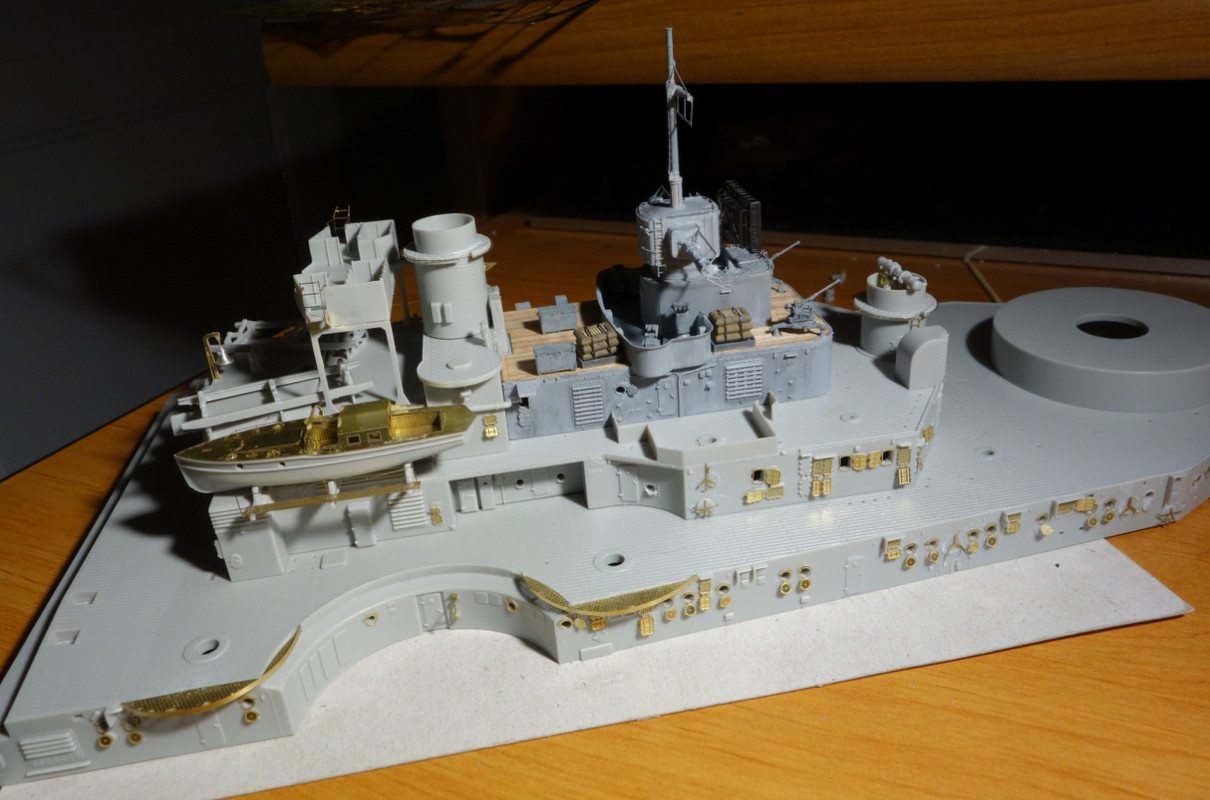
This platform which is just in front of the "C "aesar turret is equipped with 2 x 20 mm anti-aircraft guns with simple mounts.
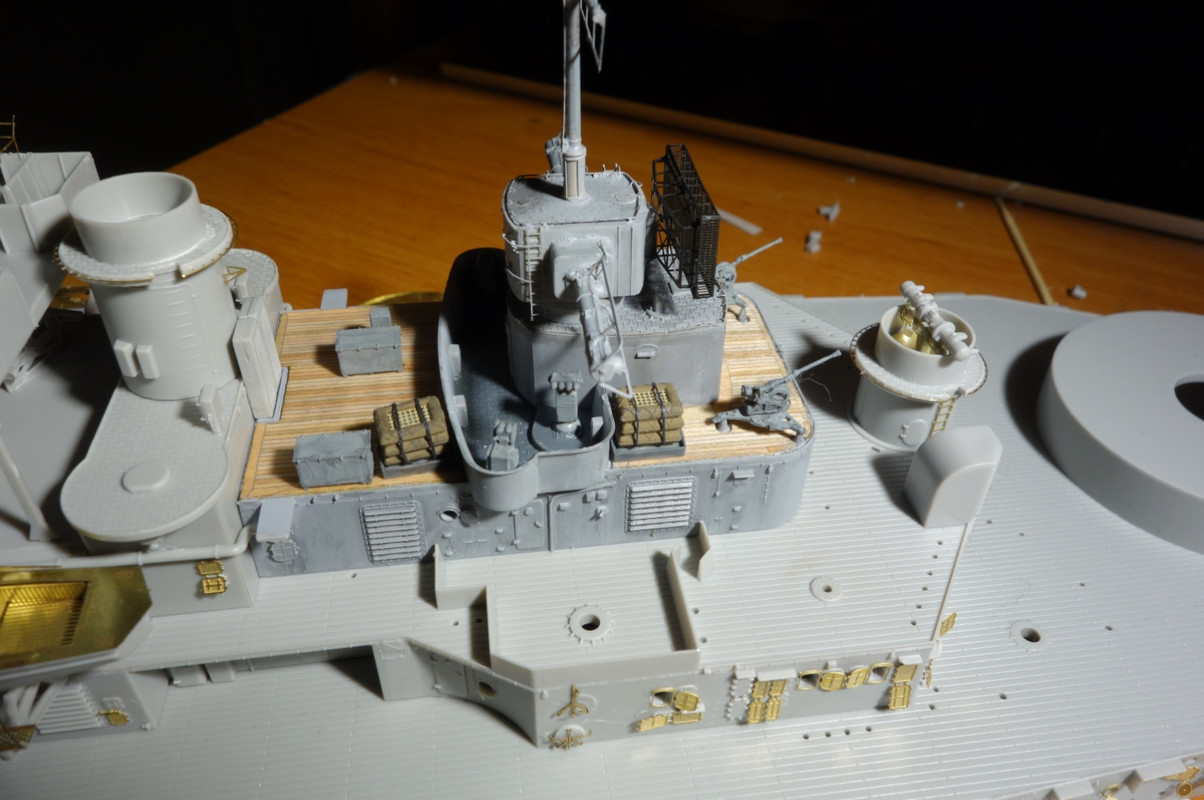
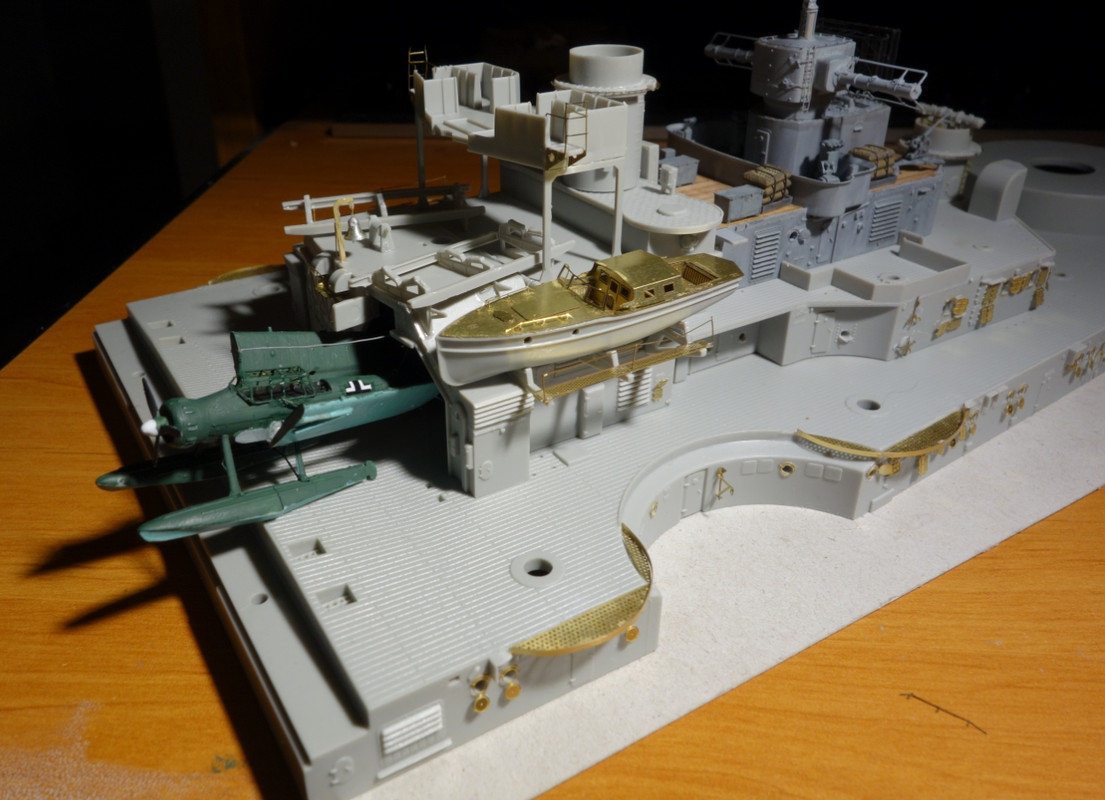
The funnel and its front hangars are still missing a lot of details.

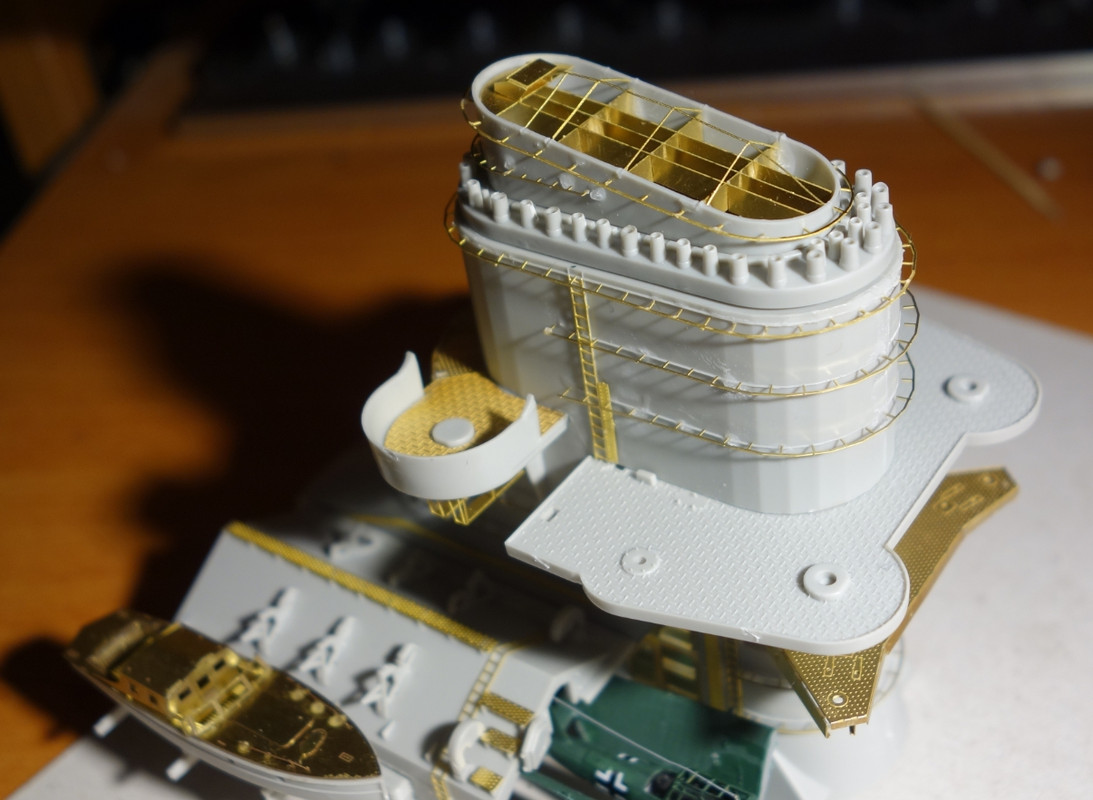
This aft module is finish several days later:
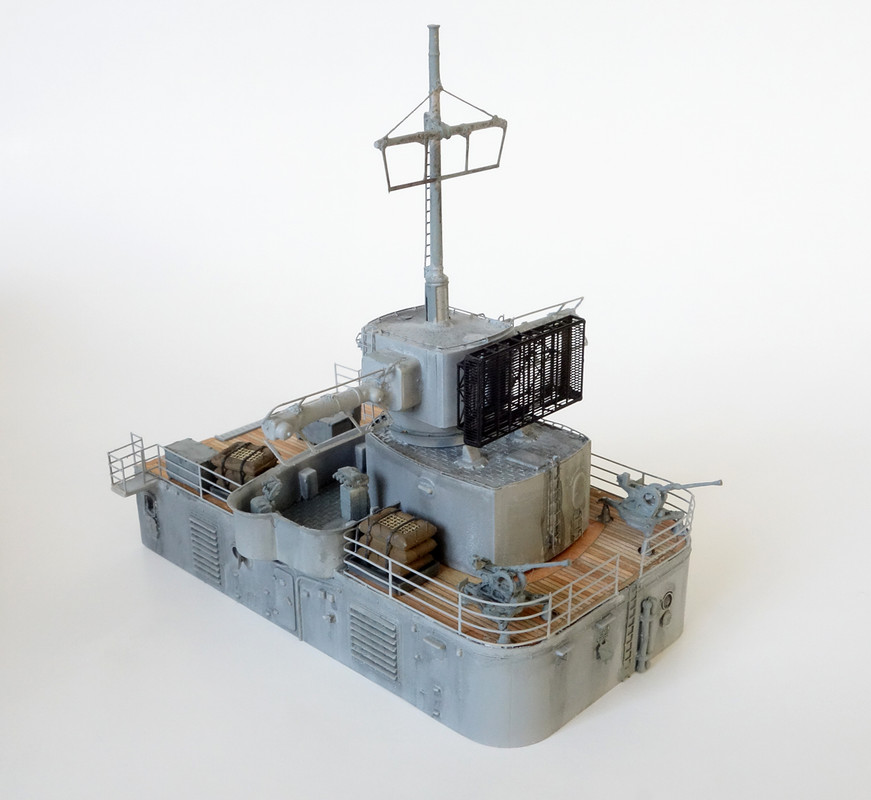

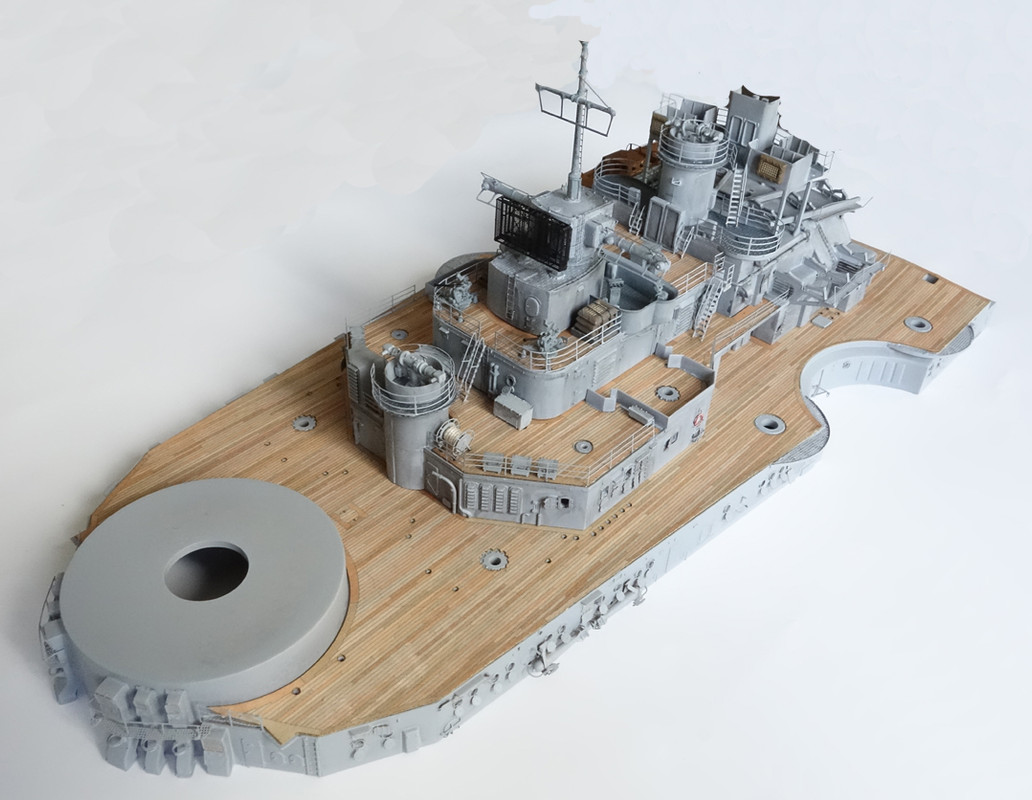
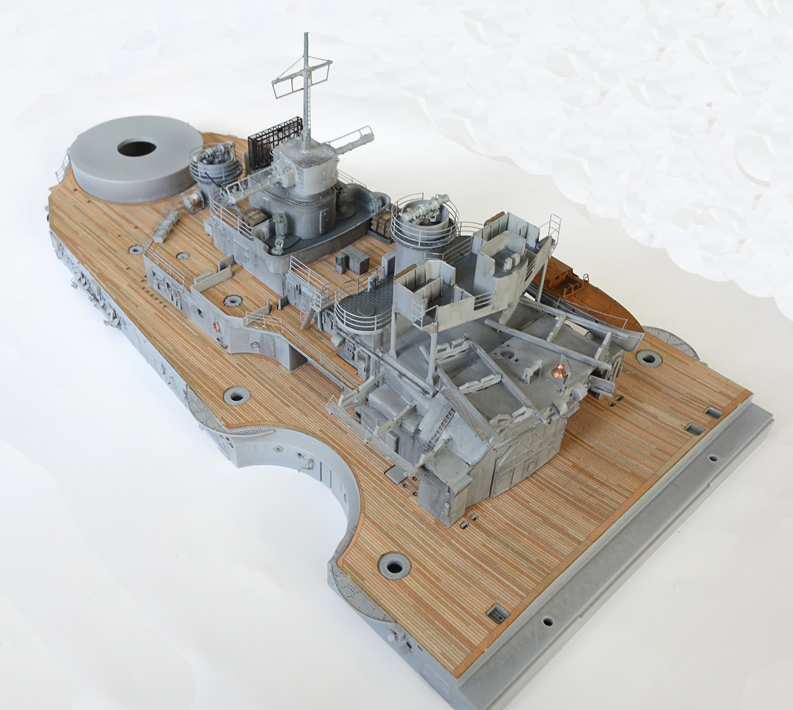
I continue with the funnel module, a big job.

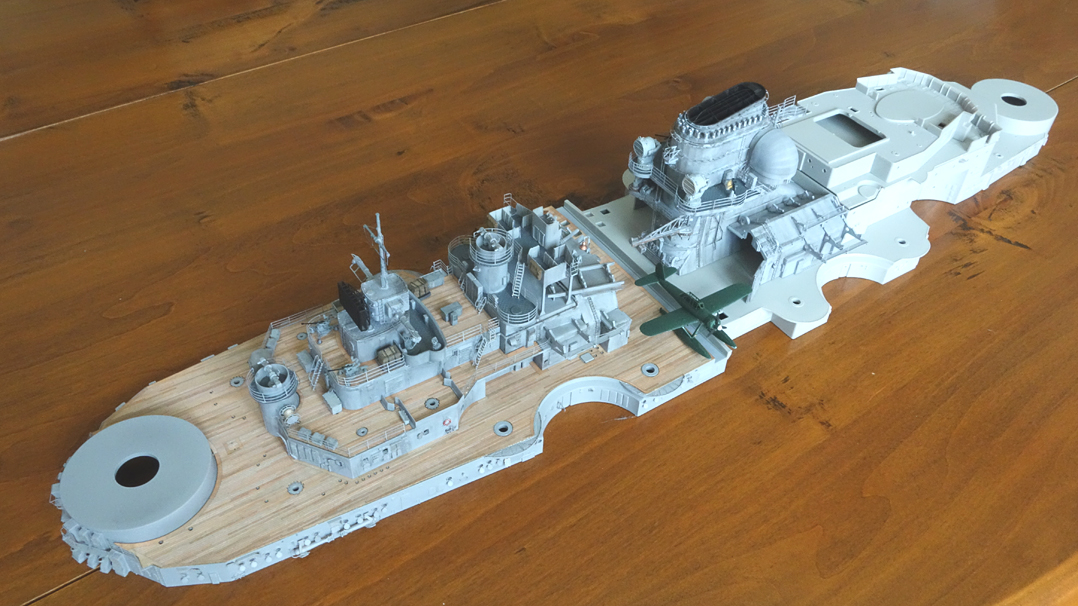
The end was not so far , but i started some other projects in the same time, two Arado 196, a "B" and an "A3" later, 1/32 scale, this last type was on the Bismarck. The both models are finished:
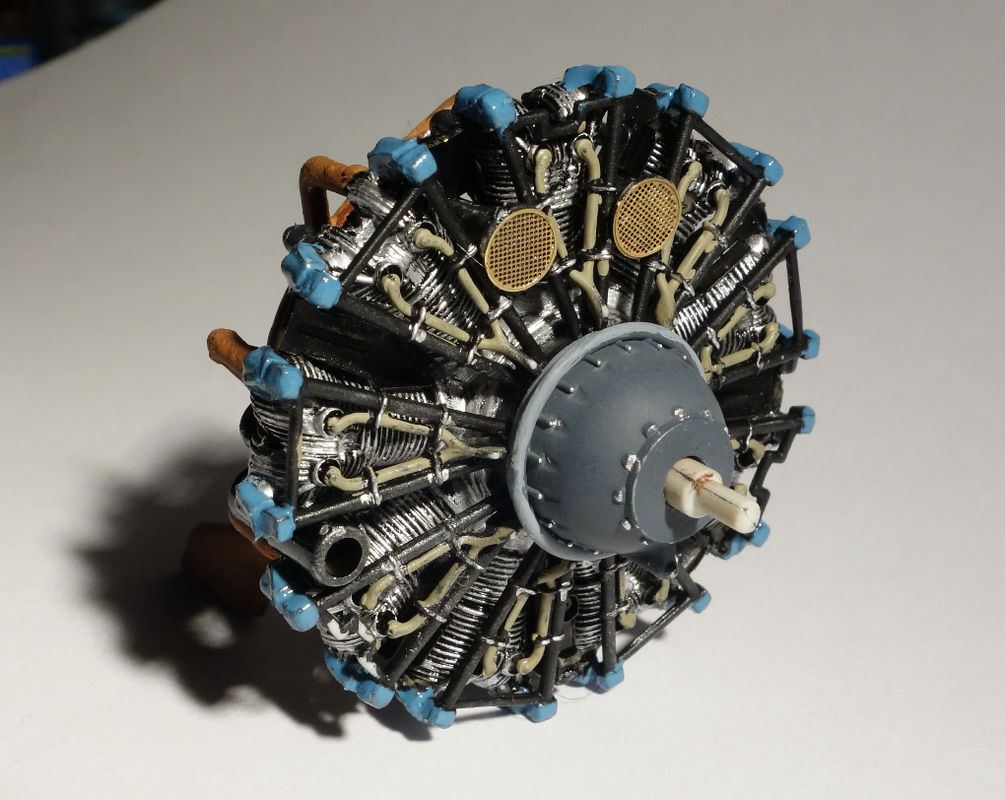
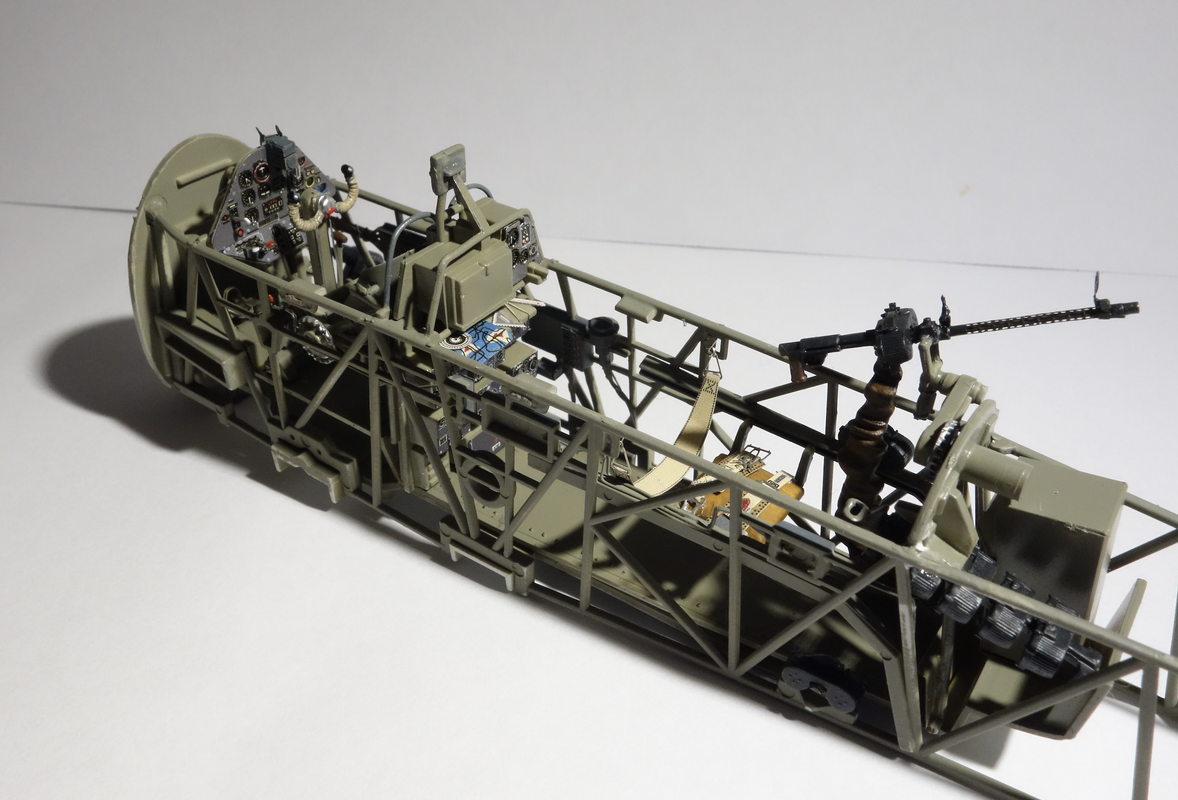

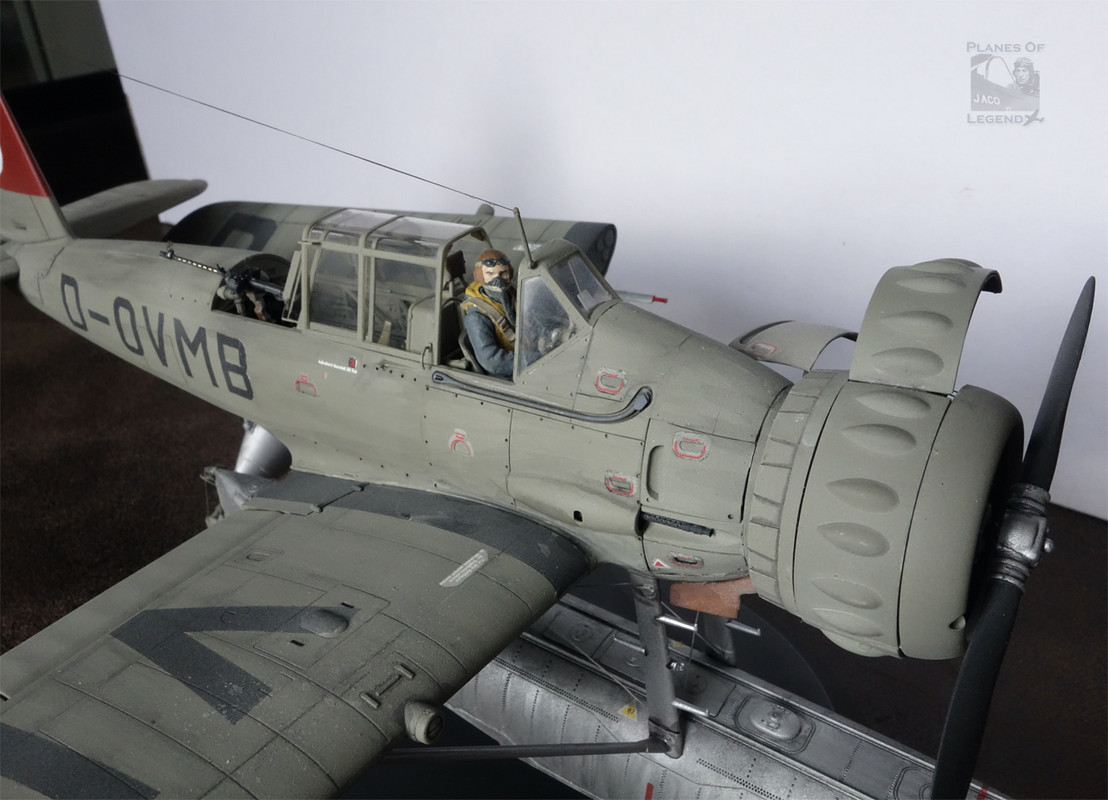
A3 - 1/32
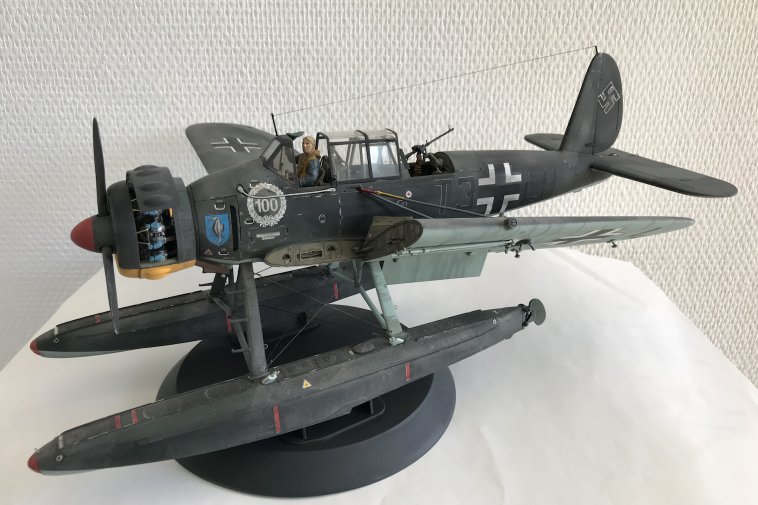
I also finished a Fairey Swordfish MK1 1/32 Trumpeter, in connection with Bismarck project/story.
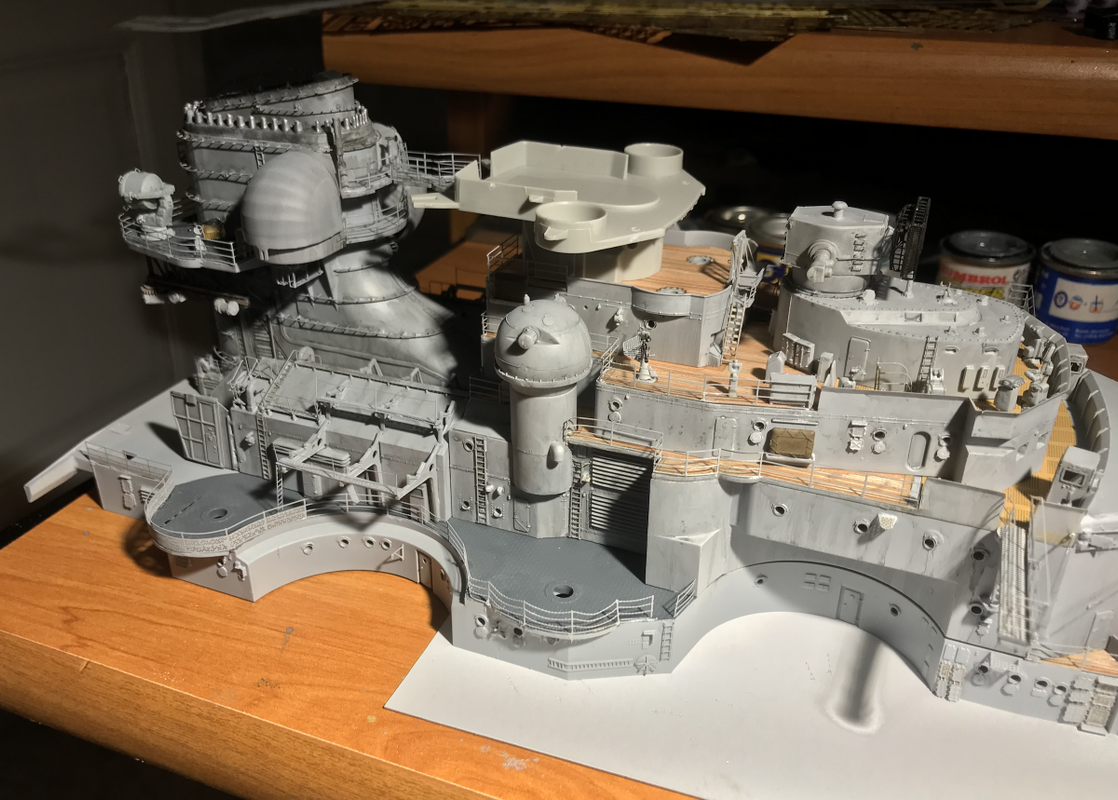
Some historic pictures:
Swap of the bow, classic to atlantic bow.
